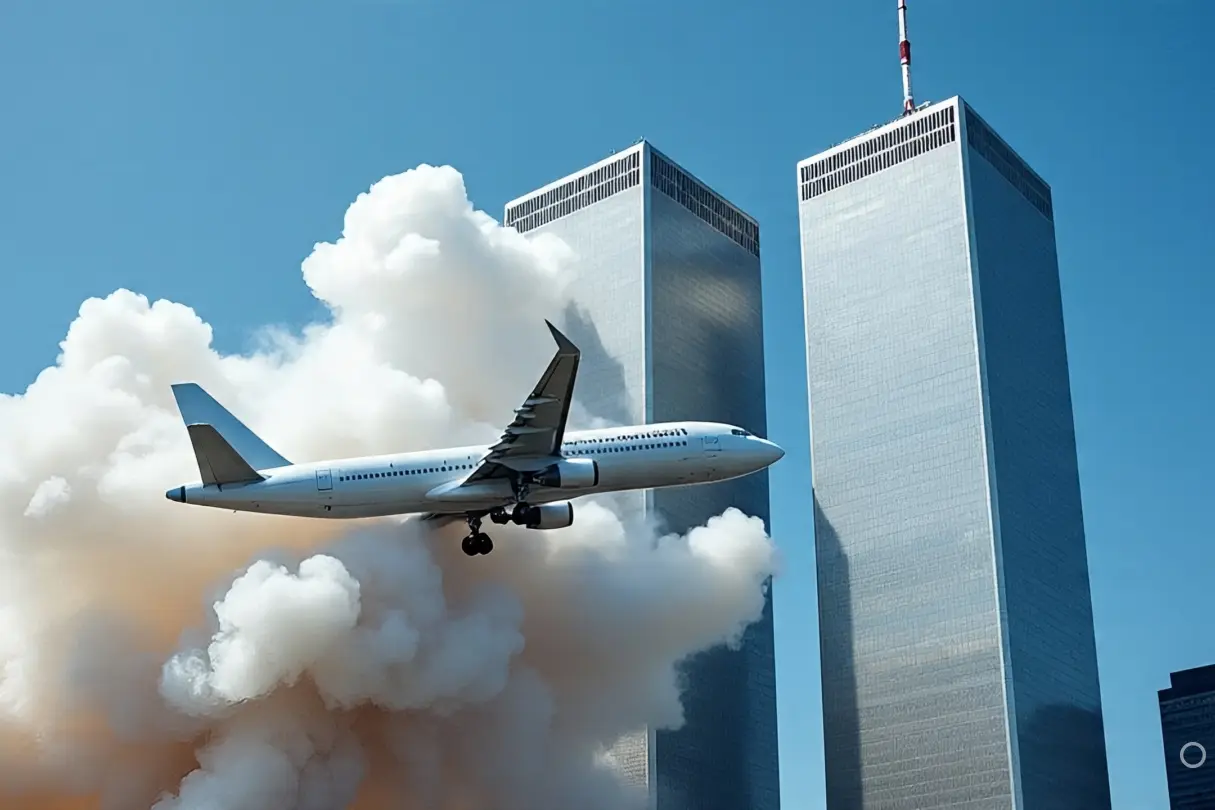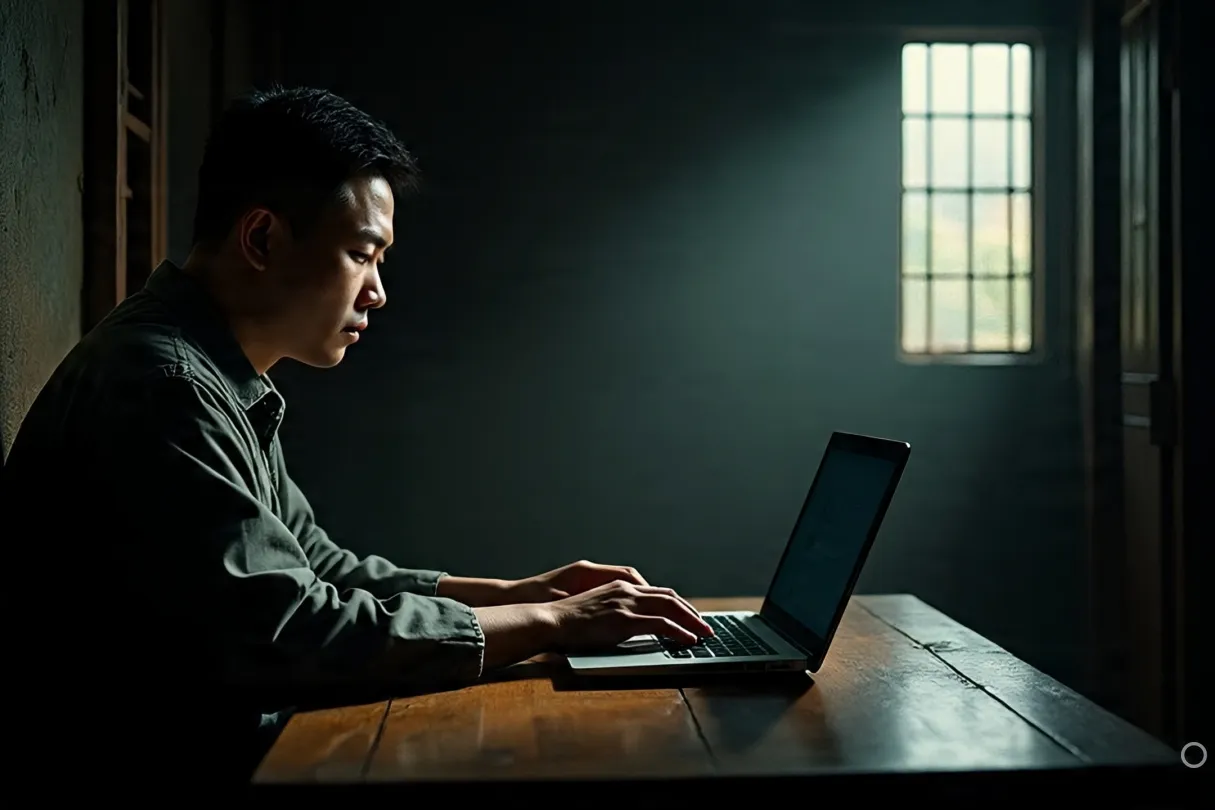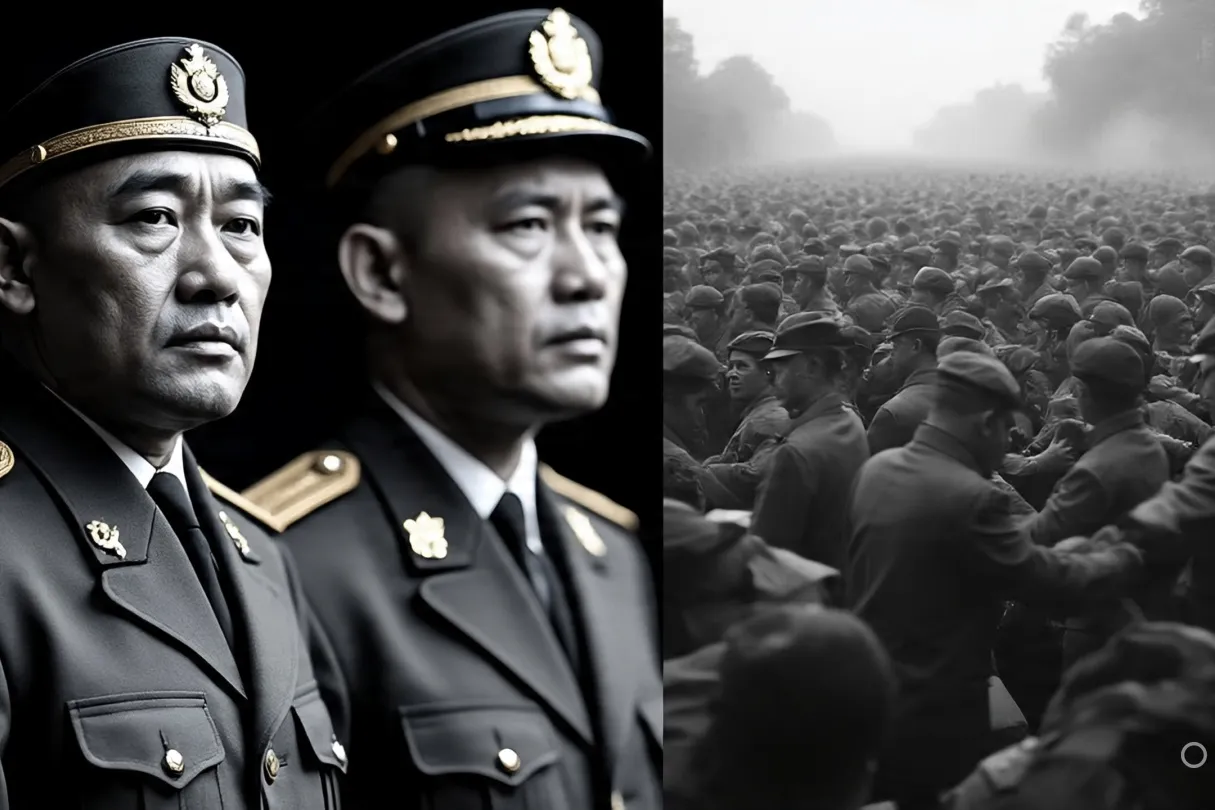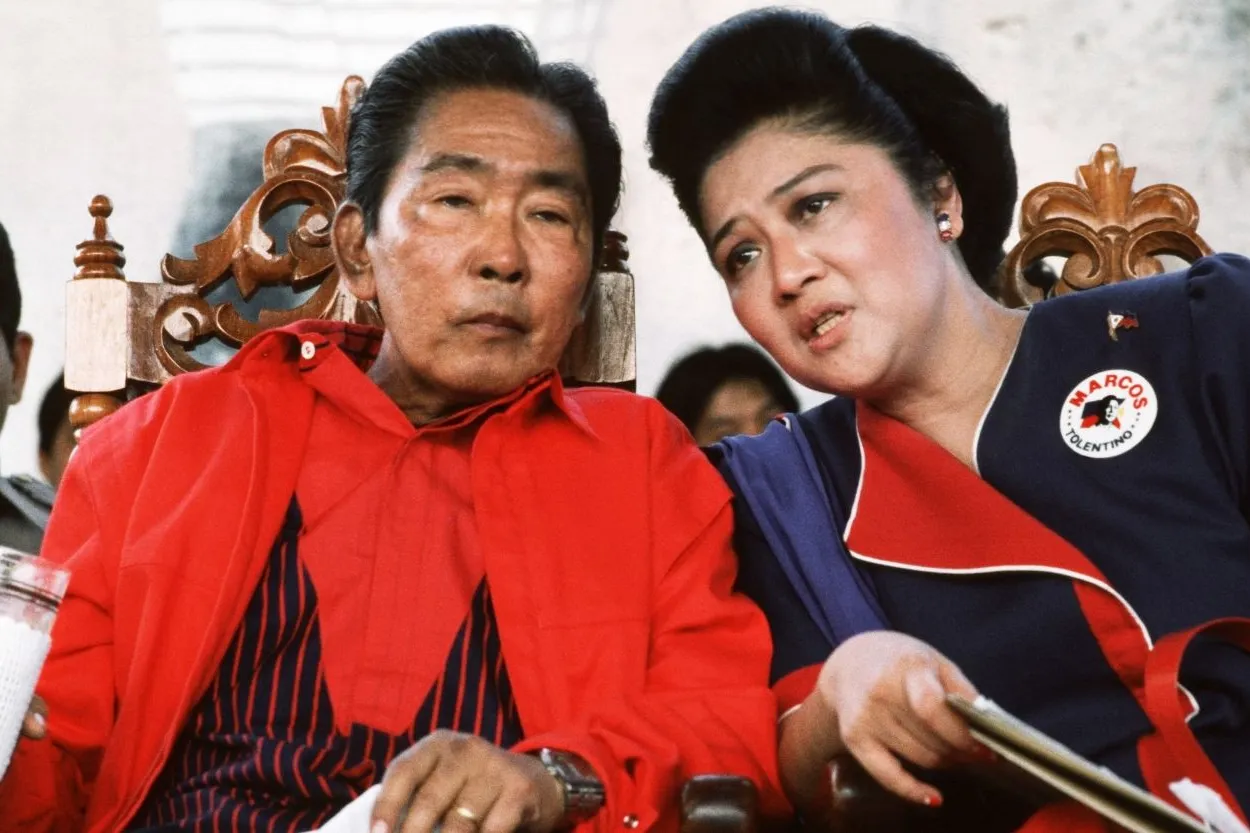🌇 The Morning the World Stood Still
September 11, 2001 began like any other Tuesday in New York City—bright skies, the hum of traffic, the buzz of flights taking off from nearby airports. At 8:46 AM, everything changed: American Airlines Flight 11 plowed into the North Tower of the World Trade Center. Within minutes, United Flight 175 hit the South Tower. The city froze. Sirens wailed. Smoke rained down on sidewalks.
By 9:37 AM, American Flight 77 crashed into the Pentagon, severed by events that made less and less sense by the minute. Then, at 9:59 AM and again at 10:28 AM, both towers collapsed in thunderous avalanches. A fourth plane—United Flight 93—never reached its target. Passengers fought back, crashing it into a Pennsylvania field. When the dust settled that day, nearly 3,000 people were dead. The world had been irrevocably altered.
🕵️♂️ Whispers and Wonders: Origins of the Inside Job Theory
Within days, skeptics emerged. Some believed the official story—that al-Qaeda operatives hijacked four commercial jets and executed a brutal plan—was incomplete. A small but vocal minority argued 9/11 was orchestrated, or at least enabled, by elements within the U.S. government.
That theory wasn’t born of air traffic controllers or eager journalists—it grew from online forums, message boards, and YouTube videos. Early promoters, like filmmaker Michael Moore and architects Richard Gage and David Ray Griffin, argued the evidence pointed to controlled demolition, foreknowledge, and motive. The term “inside job” quickly became shorthand for suspicion that 9/11 wasn’t just an attack—it was a setup.
📌 Key Claims from Inside Job Believers
-
Controlled Demolition Evidence
Some point to the speed of the towers’ collapse—at free-fall acceleration—as proof of pre-planted explosives. They argue steel structures can’t fall that symmetrically from airplane damage alone. -
Foreknowledge and Insider Trading
In the week leading up to 9/11, unusually large trades in airline and insurance stocks—thought to be “puts”—led some to wonder if someone knew the attacks were coming. -
Security Holes and Injunctions
Detractors question how hijackers operated so freely in a post-Embassy-bombing world. They examine oddities like NORAD not scrambling jets fast enough, or the failure to intercept Flight 93. -
Pentagon Impact Theory
Skeptics claim the damage at the Pentagon—a nearly perfect hole—doesn’t match a Boeing 757 crash. Some propose a missile strike or military aircraft instead. -
Building 7 Collapse Mystery
The sudden fall of 47-story WTC 7—later in the afternoon—with no plane impact fuels conspiracy discussion. Believers argue that insufficient fires can’t explain its symmetrical fall.
🏛️ Official Responses and Investigations
In response, the 9/11 Commission Report (2004) and studies by NIST (National Institute of Standards and Technology) reaffirmed the official story: structural weakening caused both towers to collapse and fires brought down WTC 7. NORAD responded as fast as possible, given intelligence gaps. Foreknowledge trades were found to be normal hedge activity.
Additionally:
-
Expert engineers, fire investigators, and global researchers found no evidence of explosives.
-
Aviation security analysts described 9/11 as a systemic failure—human error and intelligence mismanagement—not a purpose-built conspiracy.
-
Multiple independent investigations—including those in the UK and Canada—found no corroboration for insider sabotage.
💥 Critical Counterpoints to the Conspiracy Narrative
-
Free-Fall Collapse Explained
NIST found the nearly free-fall rate of WTC 7 is consistent with the progressive collapse caused by structural fire damage and debris impact. -
Stock Trades and Market Behavior
The SEC reported all suspect trades were legal and part of standard market hedging strategies. No link to intelligence leaks was found. -
Pilot Training and Flight Paths
The hijackers had pilot training, and controlled cockpit access (a post-Pan Am flight 73 improvement), leading to high-control crashes—not accidental flights. -
Pentagon Witnesses and Flight Data
There are abundant eyewitness accounts, debris, and cockpit recordings confirming Flight 77 struck the Pentagon.
🤔 Why This Theory Persists
Even though every major investigation has debunked insider involvement, the theory endures. Why?
-
Psychological Need for Meaning
Terror events challenge belief in justice. Believing something deeper—and implicating the powerful—can feel more coherent than accepting randomness. -
Distrust of Authority
Historical mistrust—Vietnam, Iran-Contra, NSA surveillance—primes audiences to doubt official narratives. -
Attention and Identity
Online communities form around alternative beliefs. That group identity is reinforced through videos, forums, and conferences. -
Media Amplification
Infographics, viral videos, and full-length documentaries kept the theory visible long after it should’ve faded.
💡 A Theory That Defines Us More Than History
In the years since 9/11, overwhelming evidence tells a story of catastrophic terror, not staged subterfuge. Yet, the “inside job” theory remains in circulation—sometimes as cautionary tale, more often as counter-narrative to officialdom. Its persistence speaks less to proof than to emotion: fear, mistrust, and the need for unraveling chaos with conspiracy.
In a digital age, where misinformation spreads faster than storms—and distrust spreads faster than hope—9/11 conspiracies remind us: when tragedy defies explanation, people find comfort in challenge—even if that challenge flies in the face of facts.




